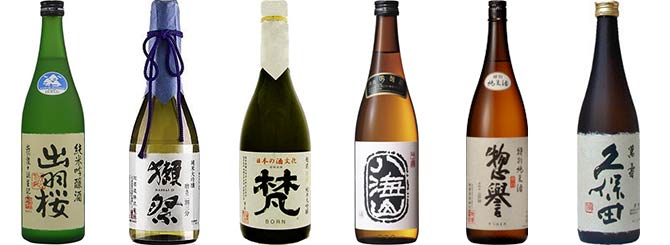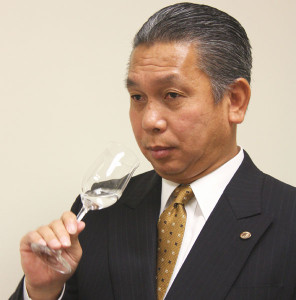Sommelier Talk: Episode 14 – Improving Sake Menu Selection
In the last few of years, I’ve visited many major cities across the US to promote sake, and during the course of these visits, I’ve learned many things simply from studying the sake menus at restaurants. While these points may be nothing new, and plain common sense, I share them in hopes of raising enjoyment by sake fans, and for business establishments to improve sales.
- Narrow Selection is Too Limiting: Though liquor sales are a prime area of added profit, there are still sake menus that only have one selection each for hot and cold sake. At a busy restaurant with limited wait staff to handle operations, caring after a number of sake brands may sound difficult, however, the profit upsides should not be ignored. Similar to customers seeking unique dining experiences, they also would enjoy new sake experiences. Starting with a short list consisting of one of each major type would be a good start: Ginjo, Tokubetsu Junmai, Honjozo, Karakuchi, and Nigori.
- Excessive Selection is Confusing: Unless the restaurant is promoting itself as a “house of sake”, offering multiple pages of sake choices may be overkill. Rather, I suggest cutting back on the selection, and redesigning the menu to add brief flavor profiles that would help guests make the right choice of drink for their meal. Adding photos also help.
- Differentiate and Be Unique: Please take a survey of the sake menus of your neighboring Japanese restaurants. If over 40% of the menu listings are duplicates, it’s wise to replace them with another brand. Sure, there will always be the popular brands which cannot be displaced, however, the selection you feature that’s unique from others offers excitement that will not go unnoticed. Rule of thumb: 60% should be “uniquely yours”, where guests can look forward to something interesting found nowhere else.
- Avoid Too Much of One Type: Just because Ginjo Sake is at the height of today’s trend and is preferred by today’s diners, loading up solely on Ginjo would be alienating other business opportunities. It’s important to feature a variety of sake that can suit the various foods that are served throughout the course of one’s meal. Offering hints on better food pairings would greatly increase a diner’s sake experience. Please train your wait staff on this important point.
- Determine “Best Price Range”: It should match the price ranges of the food menu. It shouldn’t be overly expensive, nor too inexpensive. Please take note, in order to push a $40.00 bottle of sake, the sake listing needs to list $45.00 and $50.00 bottles as well to offer some relative comparison. Rule of thumb: determine the main price range filled with several core products to promote most, for example a $25.00 to $35.00 range, then build around it, above and below, with products at price points differentiating in increments of $5.00.
Since each restaurant establishment is unique, differing in demographics and surrounding environment, there is no single model that will guarantee success. However, one thing is certain, that a bad sake selection and ill designed menu is underutilizing business potential needlessly. Featuring a well-designed sake listing is just as important as training servers to recommend sake to guests. It’s always a good idea to take an audit of a sake menu from time to time, to raise sake enjoyment and to improve sales.
Toshio Ueno
Vice President, Sake School America
Master Sake Sommelier, SSI
Advanced Wine Sommelier
Shochu Adviser, SSI
Beer Adviser, FBO Co., Japan



